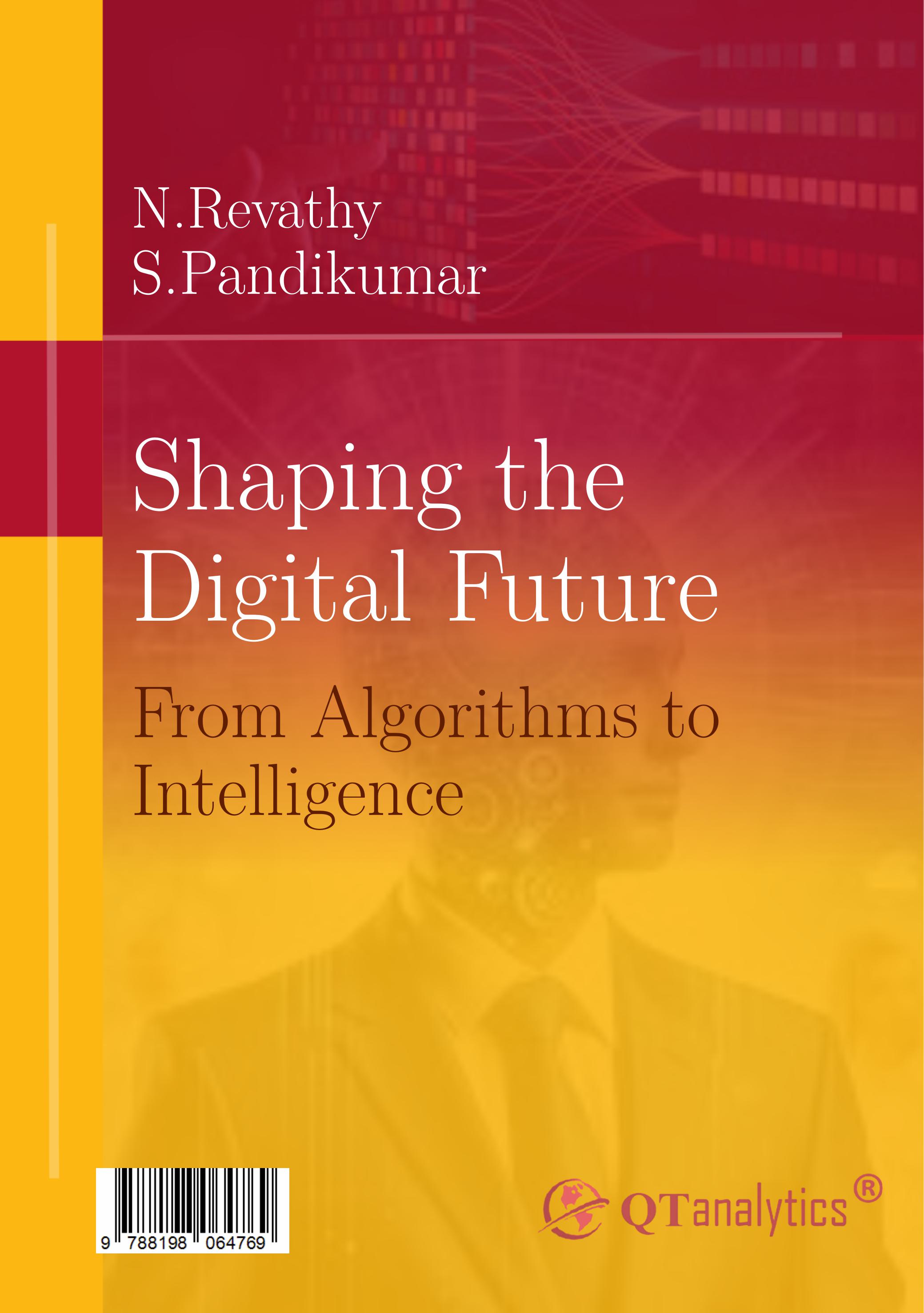Detection of Risk Management In Financial Sector Using Random Forest Algorithm
DOI:
https://doi.org/10.48001/978-81-980647-6-9-6Keywords:
Fraud Detection, Random Forest, K Nearest Neighbours, Imbalanced Data, Feature ImportanceAbstract
Fraud detection is a crucial aspect of risk management in the financial sector, where early identification of fraudulent activities—such as credit card fraud, money laundering, and identity theft—can prevent significant financial losses. Traditional detection methods often struggle with evolving fraud patterns, necessitating more advanced approaches. This chapter explores the application of Random Forest (RF) and K-Nearest Neighbours (KNN) in fraud detection. The Random Forest model is trained on diverse transaction datasets, analyzing key features such as transaction frequency, amount, location, and device usage. By employing an ensemble learning approach, RF builds multiple decision trees using random subsets of data and features, improving accuracy and robustness in detecting subtle fraud patterns. In contrast, KNN is an instance-based learning algorithm that classifies new transactions based on the majority class of their nearest neighbours.
By leveraging both Random Forest and KNN, this project aims to enhance fraud risk management, enabling financial institutions to detect fraud more efficiently, minimize losses, and strengthen customer trust. The proposed framework provides a scalable and effective fraud detection system that integrates seamlessly into existing risk management infrastructures. Future work may explore real-time data streaming and hybrid models to further enhance adaptability and performance.
Downloads
References
Alamri, M., & Ykhlef, M. (2024). Hybrid undersampling and oversampling for handling imbalanced credit card data. IEEE Access, PP(99), 1–1. https://doi.org/10.1109/ACCESS.2024.3357091
Alarfaj, F., Malik, I., Khan, H. U., Almusallam, N., Ramzan, M., & Ahmed, M. (2022). Credit card fraud detection using state-of-the-art machine learning and deep learning algorithms. IEEE Access, 10, 1–1. https://doi.org/10.1109/ACCESS.2022.3166891
Ao, Y., Li, H., Zhu, L., Ali, S., & Zhongguo, Y. (2018). The linear random forest algorithm and its advantages in machine learning assisted logging regression modeling. Journal of Petroleum Science and Engineering, 174, 05. https://doi.org/10.1016/j.petrol.2018.11.067
Byrapu Reddy, S. R., Kanagala, P., Ravichandran, P., Pulimamidi, R., Sivarambabu, P., & Polireddi, N. S. A. (2024). Effective fraud detection in e-commerce: Leveraging machine learning and big data analytics. Measurement: Sensors. https://doi.org/10.1016/j.measen.2024.101138
Cherif, A., Badhib, A., Ammar, H., Alshehri, S., Kalkatawi, M., & Imine, A. (2022). Credit card fraud detection in the era of disruptive technologies: A systematic review. Journal of King Saud University - Computer and Information Sciences. https://doi.org/10.1016/j.jksuci.2022.11.008
Esenogho, E., Mienye, D. I., Swart, T., Aruleba, K., & Obaido, G. (2022). A neural network ensemble with feature engineering for improved credit card fraud detection. IEEE Access. https://doi.org/10.1109/ACCESS.2022.3148298
Ghaleb, F. A., Saeed, F., Al-Sarem, M. H., Qasem, S. N., & Al-Hadhrami, T. (2023). Ensemble synthesized minority oversampling-based generative adversarial networks and random forest algorithm for credit card fraud detection. IEEE Access, PP(99), 1–1. https://doi.org/10.1109/ACCESS.2023.3306621
Halder, R. K., Uddin, M. N., Uddin, M. A., Aryal, S., & Khraisat, A. (2024). Enhancing k-nearest neighbor algorithm: A comprehensive review and performance analysis of modifications. Journal of Big Data, 11, Article 113.
Nguyen, T. T., & Lee, K. H. (2023). Stakeholder-inclusive fuzzy multi-criteria decision-making for solar energy investments in Southeast Asia. Energy Policy, 165, 112719.
Uddin, S., Haque, I., Lu, H., Moni, M. A., & Gide, E. (2022). Comparative performance analysis of k-nearest neighbour (KNN) algorithm and its different variants for disease prediction. Scientific Reports, 12, Article 6256. https://doi.org/10.1038/s41598-022-10141-1


